Elegance in motion: 1927 Delage Grand Prix car

Terms from “powerful” to “ground-pounding” are used to describe race cars, but “exquisite?” Not so much. An exception? The 1927 Delage Grand Prix cars, which dominated GP racing 90 years ago.
Dominated meant winning every Grand Prix that season–France, Spain, Britain and Italian/European. Delage earned what is now called the Formula 1 World Constructors’ Championship as Mercedes-Benz did in 2016. Lead Delage driver, Robert Benoist, won the driver’s title, making him the Nico Rosberg of 1927.
Why “exquisite?” Beyond its elegant exterior, you’d need an engine teardown to see. It would be in the form of the nickel-chromium crank, cams and connecting rods spinning in roller and ball bearings by the score…more than 200. One of those engines where you’d like to touch the components.
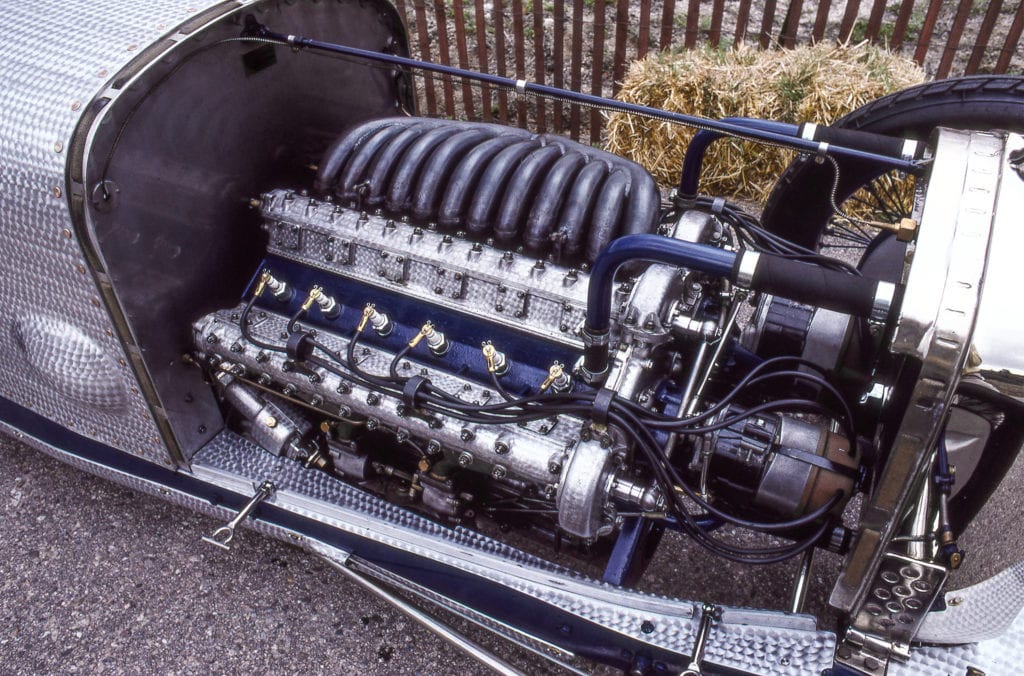
A total of six of these Delages–properly called model 15 S 8–were built, four for the team and two later on. Their wins nine decades ago are being celebrated at several venues in 2017.
First comes Retromobile. This annual gathering of vintage machines is among best in the world, held in Paris’ famous Porte de Versailles from February 8-12. Revs’ Delage– chassis 21642, the first of the line–will be there and then on display at the Brooklands Museum outside London.
Next comes a gathering of the Delages at the Autodrome de Montlhéry–site of their first win in 1927–just south of Paris. Back to Brooklands, where Benoist won in 1927, and finally to this year’s Goodwood Festival of Speed.
Too bad Revs’ Delage can’t collect frequent flyer miles.

Louis Delâge (1874-1947) began building his own cars in 1905 and soon after was racing them. By 1913, Rene Thomas had won the French Grand Prix for voiturettes. The next year, Thomas led three other French cars to win the Indianapolis 500 in a Delage.
World War I curtailed racing, and then for 1923 the Grand Prix formula called for 2-liter engines. Delâge, never one to shirk from complexity, ordered up a twin-cam V-12. Charles Planchon did the design work for the engine, transmission and chassis of the 2LCV. With little initial competition success, Planchon was given the axe and design work fell to Albert Lory.
Some success finally came with the 1925 season when a pair of 2LCVs finished 1-2 in the French Grand Prix, the pièce de résistance for any Gallic automaker.
And then it was all for naught because the formula for 1926 called for 1.5-liter engines. Delâge put Lory to work on a straight-8. Specs included twin overhead camshafts on a cast iron block with a fixed head. The crankcase was aluminum. There was a twin Rootes-type supercharger, updraft Zenith carburetors and two valves per cylinder. Tiny aluminum/copper alloy pistons for the 2.2-inch bore and 3.0-inch stroke.
And all those little bearings. Aiding the spinning of the spur gears that turned the blower drive and camshafts, the latter pair spinning on eight bearings each. Eighteen split cage roller bearings for the crankshaft. Still more ball bearings for the magneto and blower.
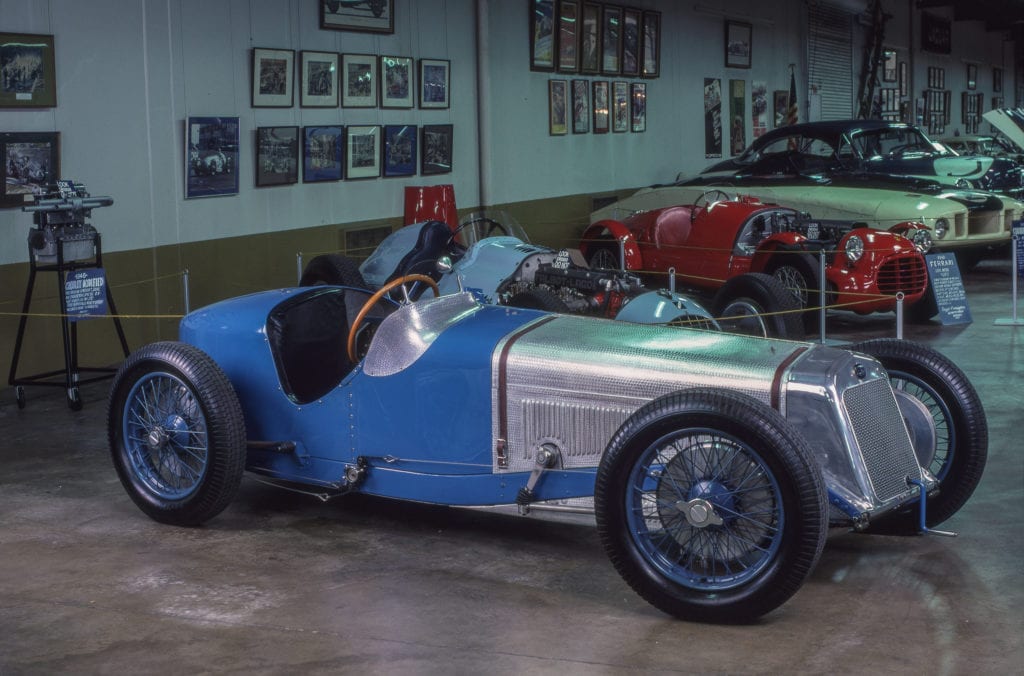
Rated at 170 horsepower, the straight-8 was fitted in a chassis similar to the 2LCV, with axles front and rear on semi-elliptic springs. Drum brakes, of course, and the same 5-speed transmission.
Just one problem. A major mistake. While a riding mechanic was no longer required, rules mandated a two-seat body. Lory placed the driver on the right side, a la Bugatti Type 35. His mistake was routing the outside exhaust pipe on the right creating a cockpit/oven.
Great stories. Drivers needing cold footbaths. One report claims a driver commented, “One could actually hear the boots hissing as they went into (a pan of cold water).” Vent holes were cut in the body. Relief drivers called in.
A solution was obvious but not simple. For 1927, Lory swapped the intake and exhaust sides in a major rework of the straight-8. Now a single supercharger was used, fed by a sole Cozette carb. There were larger valves and a new intake manifold. The crankshaft was moved 3.9 inches to the left, etc., so it wasn’t a minor redo.
Lory also designed new brakes and steering and eventually added the sloping radiator that brought a touch of exterior elegance to the 1927 15 S 8. Bugattis would look more potent. ERAs more forceful. Mercedes certainly larger. But none had the visual style and sophistication of the Delage.
So Louis Delâge’s team won the manufacturer’s and driver’s titles in 1927. The race cars were sold to the likes of famed drivers Malcolm Campbell, Earl Howe and Prince Bira. Brit Dick Seaman was so successful with a 15 S 8 in 1936 it helped earn him a spot on Mercedes-Benz’ Grand Prix factory team. Delages were even raced with some success after World War II about the time when, sadly, Louis Delâge died broke and forgotten.
Of the six 15 S 8s built, three reside in the U.S.
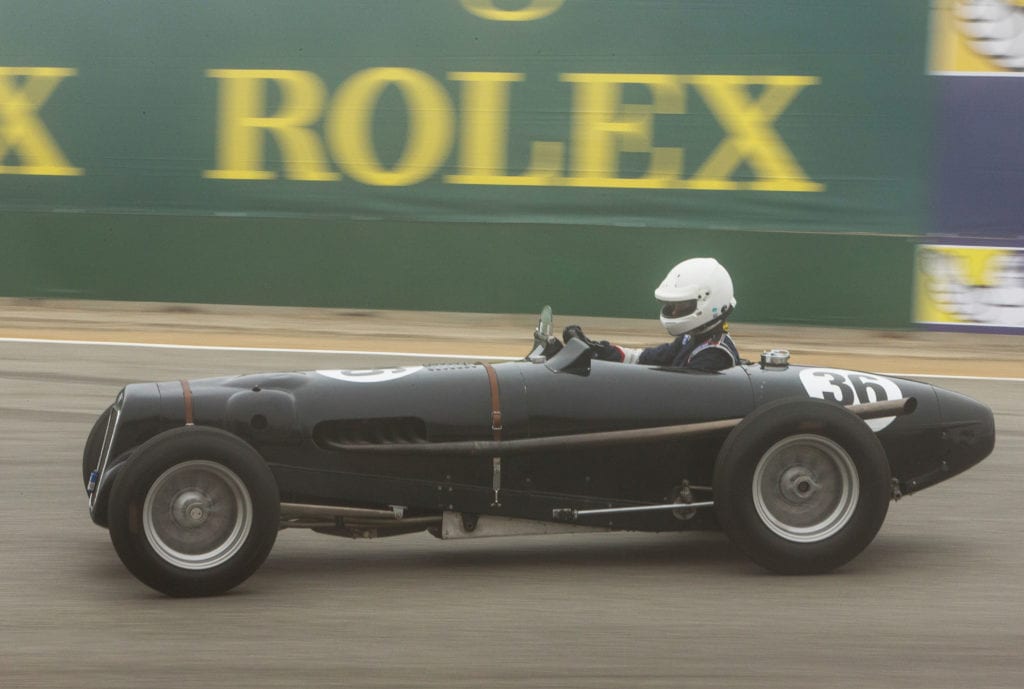
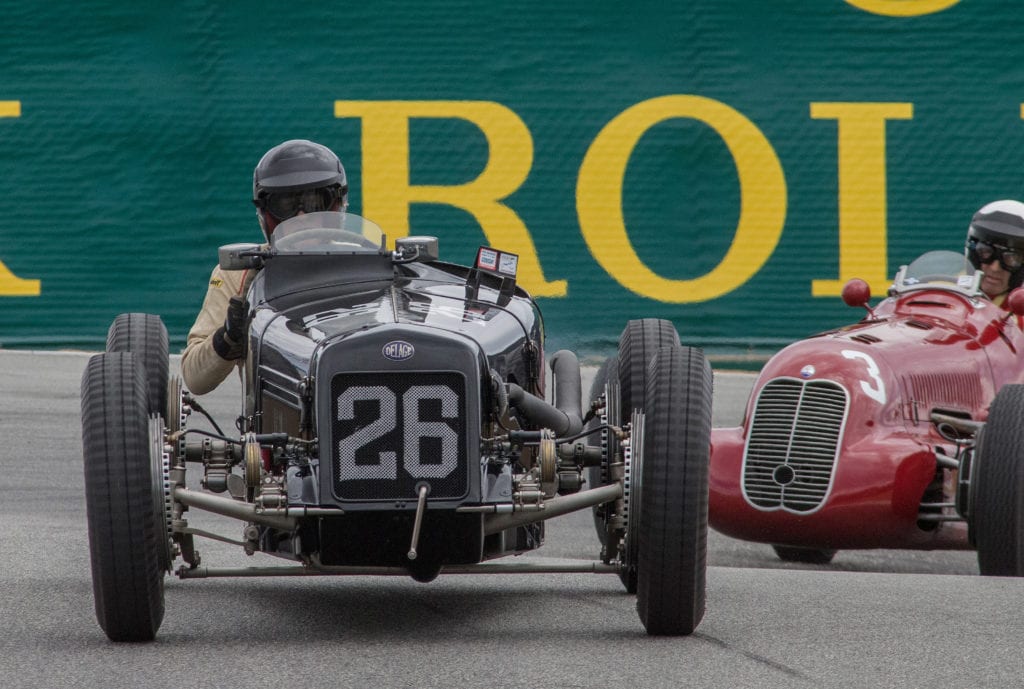
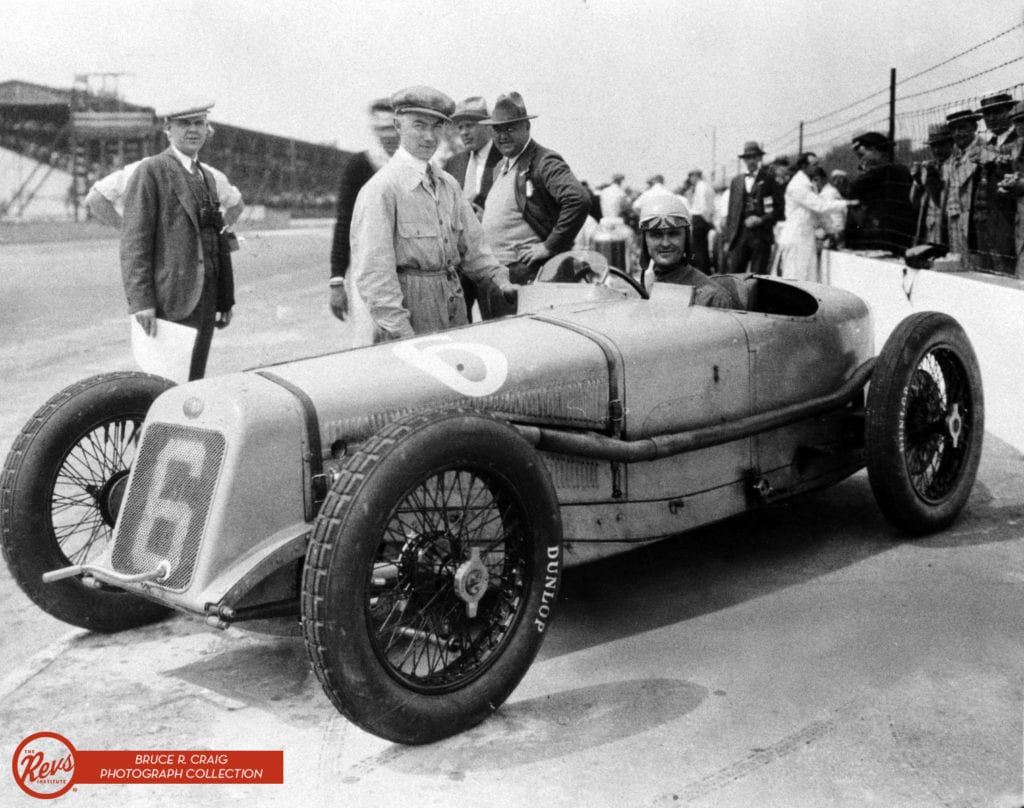
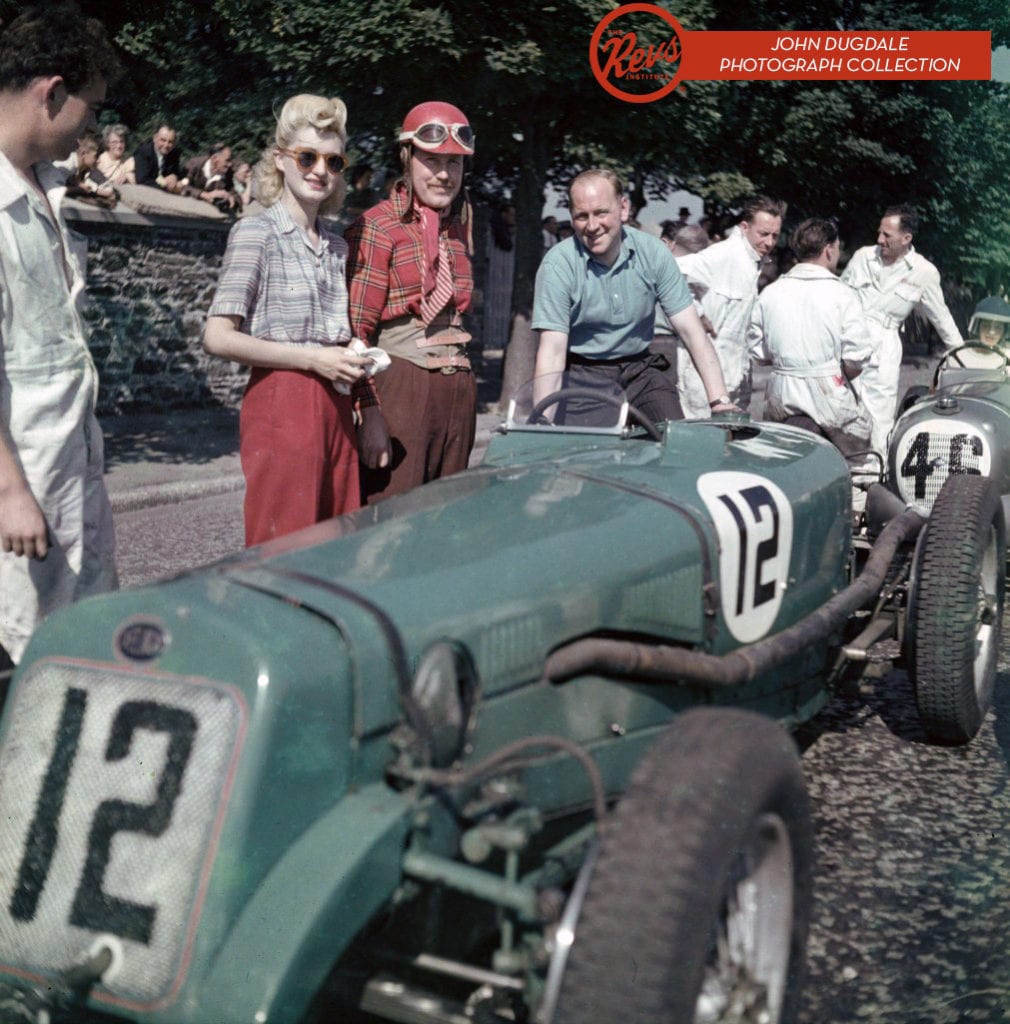
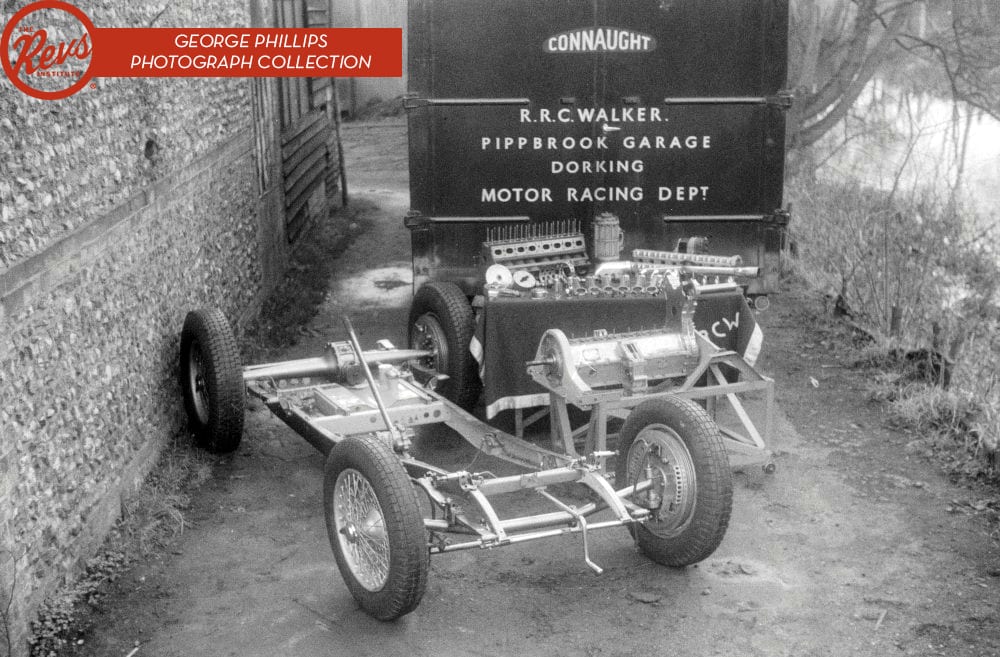
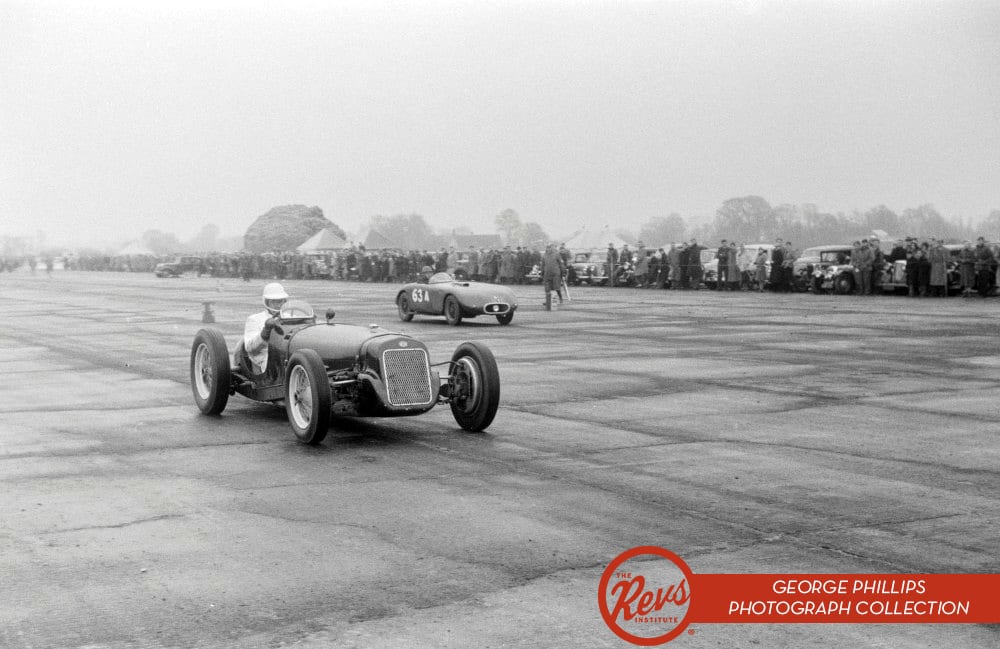
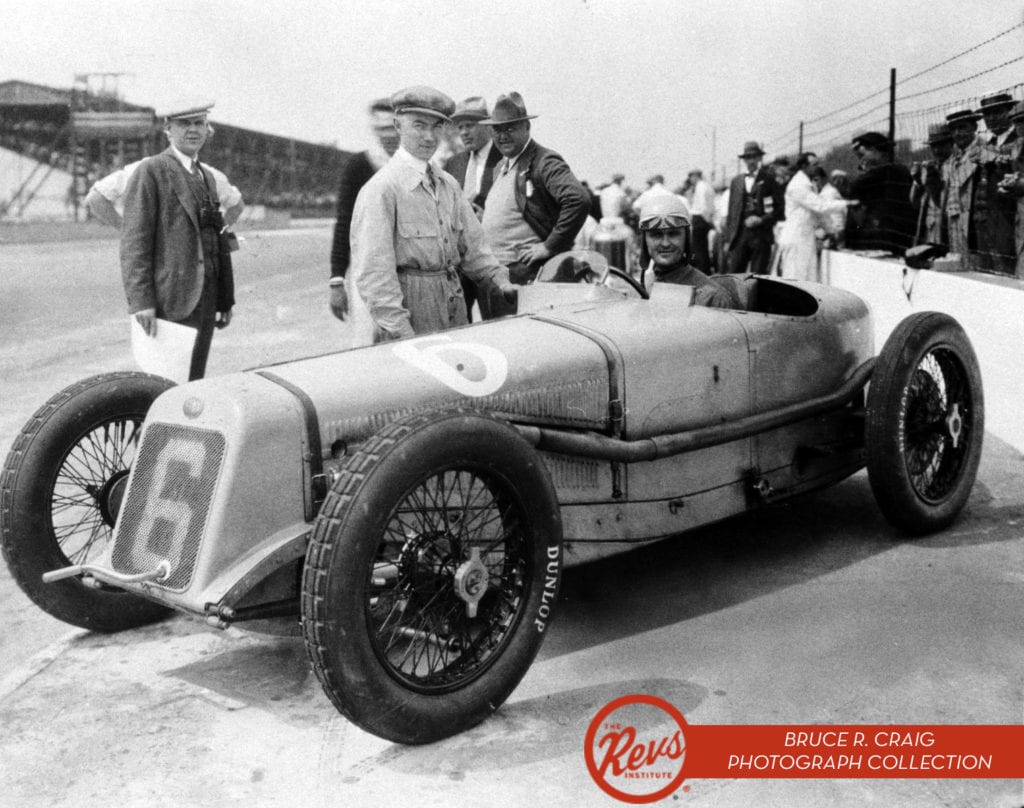
You can see chassis #6 in Oxnard, California’s Mullin Automotive Museum. After World War II, an engine failure saw the straight-8 replaced by an ERA engine. Labeled the ERA Delage, Derek Hill drove it to a win at the 2016 Rolex Monterey Motorsports Reunion.
Californian Peter Giddings has Dick Seaman’s car–chassis #4–and successfully races it in today’s vintage events.
Rev’s Collier Collection Delage–21642–is said to be the most original of the 15 S 8s. It was on the grid for the first Monaco Grand Prix (1929) and has an interesting ownership chain.
The car’s first appearance in the U.S. came in 1935. Hugh Bancroft raced it several times before the war. Among his rivals were Miles and Sam Collier, father and uncle of its current owner.
Postwar, the car landed in Los Angeles owned by eccentric car collector Tommy Lee who, among other things, imported the first Ferrari to the U.S. Next owner was one Terry Hall, but along the way the car was at Roger Barlow’s legendary International Motors. At that point, Joe Thrall rebuilt the engine, but guess else who else worked on the complicated straight-8? A young mechanic named Phil Hill, father of aforementioned Derek Hill ,
It’s difficult to say what 21642 is worth today, but we know Briggs Cunningham bought it from Hall for $2000 in 1955. The Delage was a jewel in Cunningham’s museum in Costa Mesa, California until 1986, when Miles Collier acquired “Mr. C’s” collection.
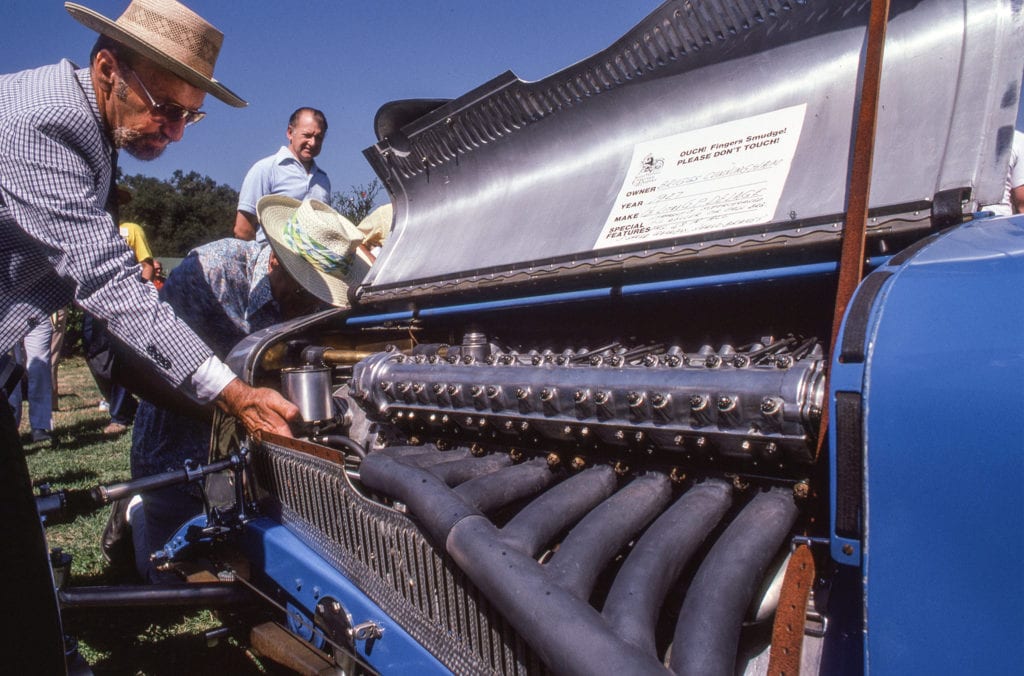
If you want to see the Collier Collection’s 1927 Delage currently you’ll need an transatlantic ticket. One tenet of Revs Institute is that the cars should be seen and heard so 21642 is, as mentioned before, on the road to England and France.
Don’t despair. If you’d like to see and hear the 1927 Delage, check out the video below.
But first, turn up the volume. The sound is exquisite.